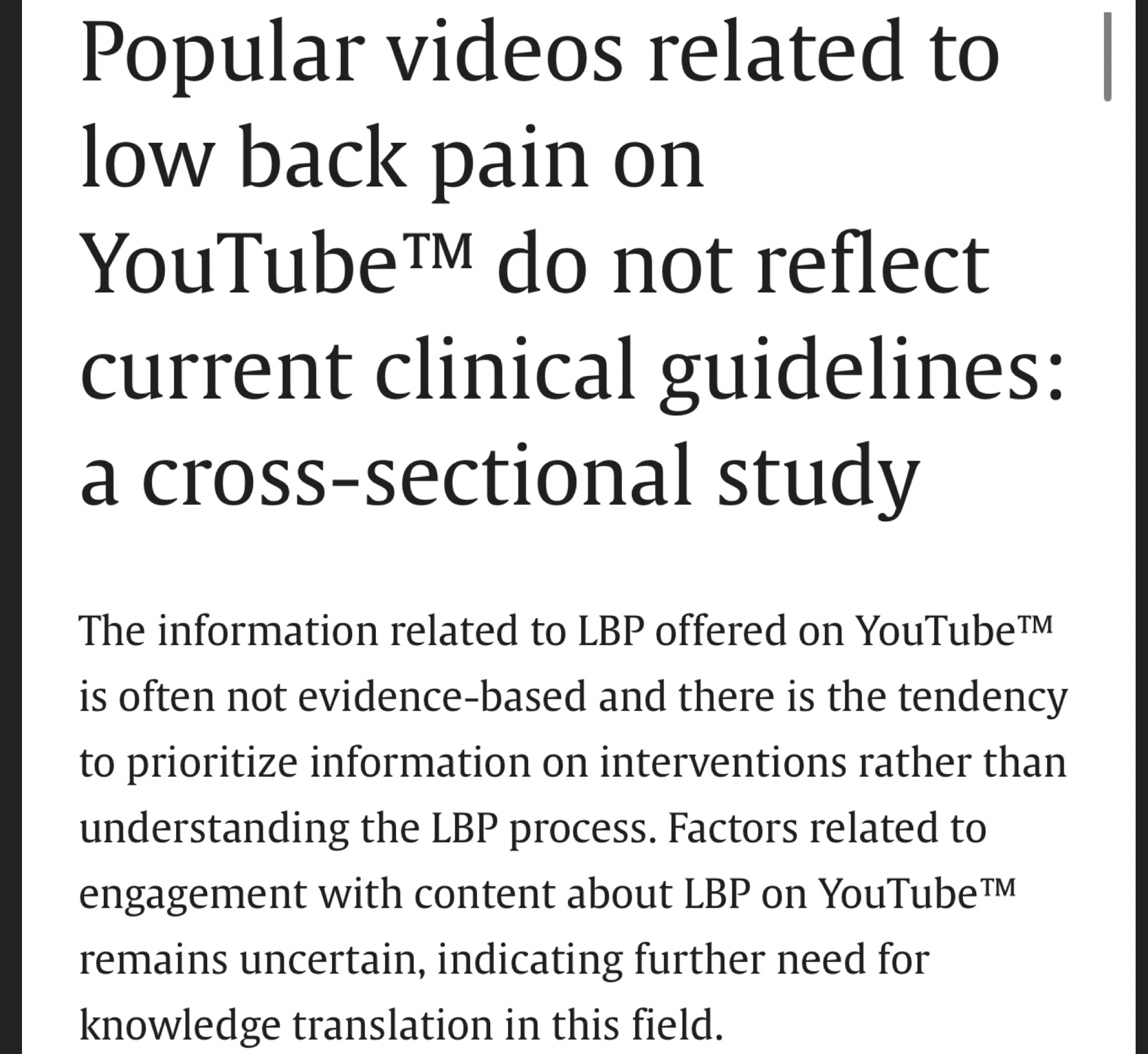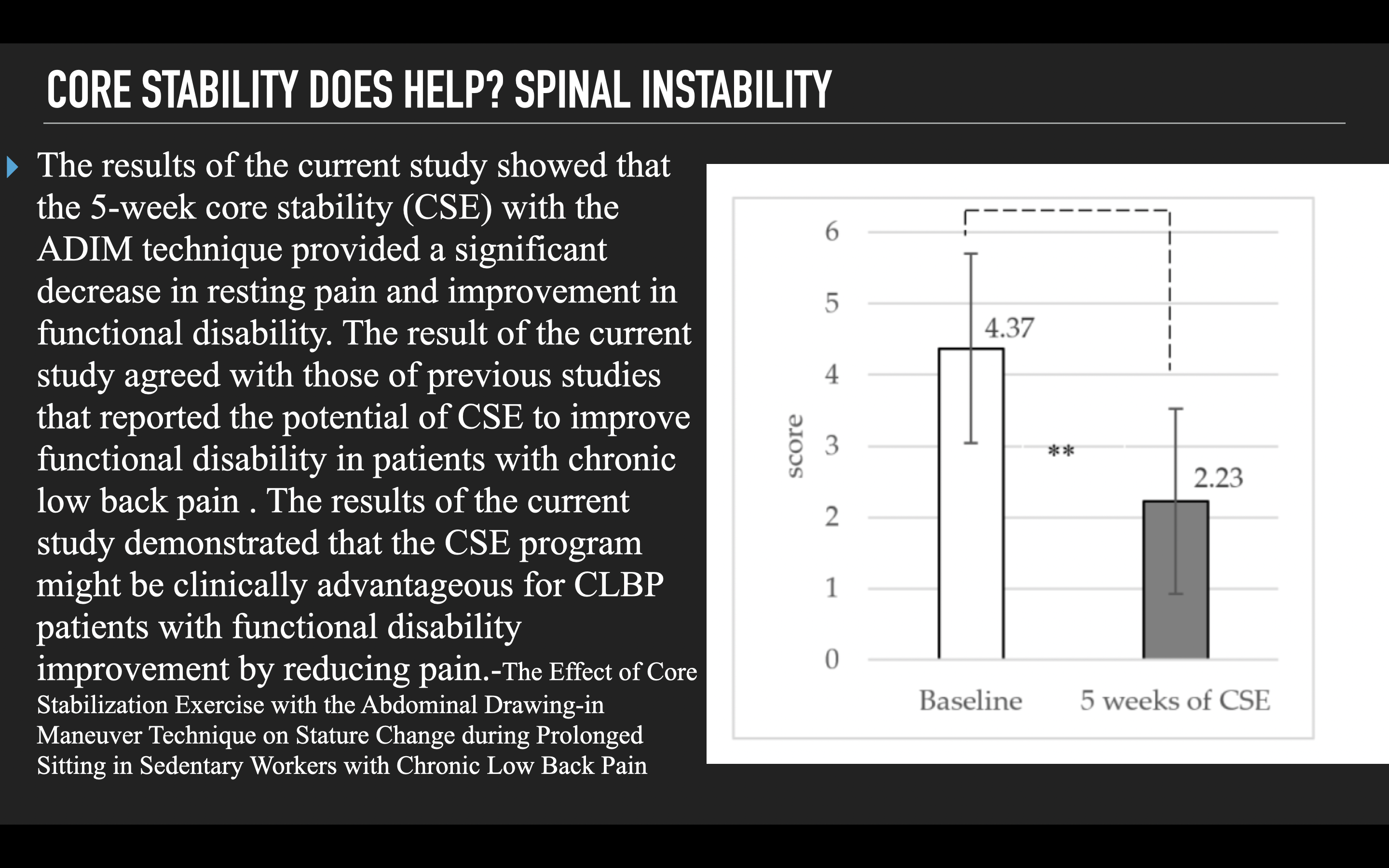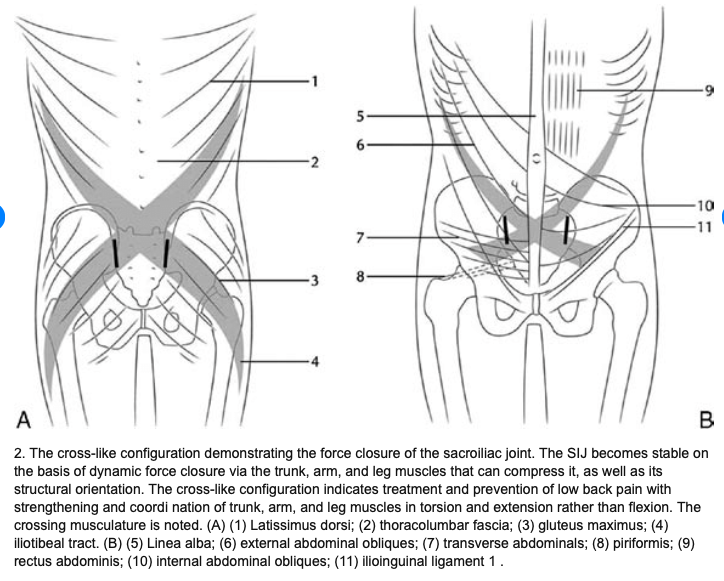Core Exercises That Make A REAL Impact
2024-07-16
Jessica Bento, Physical Therapist (Creator DVRT Restoration Certification, DVRT Rx Shoulder, Knees, Pelvic Control, & Gait Courses)

The internet has always been an “interesting” place for me. Maybe I am not the demographic for a lot of social media being in my mid 40’s and having practiced as a physical therapist for close to 20 years, a lot of what I see and read is pretty hard to understand. No, not that conceptually I can’t understand what is being said, rather, what is being said and applauded usually has no scientific foundation.
You could definitely think I sound like I’m getting to the “get off my lawn” era of my life, but the truth is that research is showing us that most of the advice provided on social media is inaccurate and not based on any research.


I know, it may sound like a contradiction because I am on social media giving advice. However, I never ask people to blindly believe me and I don’t make conclusions off a single study (unless I say that it is pointing us to an interesting direction, but one study doesn’t equal “fact”). That is why even though many will tell us not to bother with blogs anymore as we are constantly told that people don’t want to read a lot (true story), Josh and I continue to feel this is the best way to try to tackle complex subjects and make them as accessible as possible.
Using core exercises is a great example. I’ve seen lately more and more young physical therapists going online stating that there is no evidence that core exercises are helpful. Well, if you go to a place like Pubmed and look up “core training low back pain” you will get over 300 studies on the subject. I’ll admit, there isn’t one consistent message that every study will support. There are A LOT of reasons for this from how the study is performed, how and what they measure, the type and number of subjects used, and more.

You can find pretty strong evidence like this 2021 study that said, “Despite both core stabilization and strengthening exercises reducing pain, core stabilization exercise is superior to strengthening exercise. It is effective in improving proprioception, balance, and percentage change of muscle thickness of TrA and LM, and reducing functional disability and fear of movement in patients with subacute non-specific low back pain” (1).
I could provide others that say something similar, but this is what gets misunderstood. There will be studies that say that core exercises provide a minimal benefit or no greater benefit than just exercise for low back pain as well. This is confusing right?! Not really, you have to consider what are the exercises being given that are considered core exercises, the level and type of pain of the individual (low to high pain levels, non-specific compared to significant structural damage, age levels, fitness levels) as well as how we are measuring pain. The point is that there is consistent reviews that core exercises can HELP (not always solve) low back pain.
The issue really is people want complex issues like low back pain to be ONE thing, it is easier for people to say that breath work, pain education, brain retraining, mobility exercises, chiropractic, acupuncture, cognitive therapy, soft-tissue treatments, and many more are the answer because there is evidence that ALL of these can provide varying levels of relief of low back pain. All these treatments fall into the same challenges that core exercises do in the literature as I’ve already explained. No ONE treatment works universally for everyone so, we should use core exercises as a tool and just be more thoughtful in how we teach and progress many of the movements.
Many times I start with a foundation of these types of core exercises because of what I can teach people about how to properly use their body to help unwanted forces over stressing various structures of their body. Depending upon the person and their needs I can switch around to a host of progressions of each movement, but I start with these because they help teach the qualities of good core training that I can use in a wide variety of ways.
Dead Bug
These almost all will be exercises you have some familiarity with, but I may give you a different perspective on them. Many will point to core exercises like the dead bug because of how we think about core stability as “the ability to control the position and motion of the trunk over the pelvis to allow optimum production, transfer, and control of force and motion to the terminal segment in integrated athletic activities.” (2)
What makes the dead bug a better choice of our core exercises is that it covers more qualities of core stability than we think. This study comparing the dead bug (not even doing it the way we are going to show) to the crunch found, “This study compared the effects of abdominal crunch and dead bug exercises on core stability (strength, endurance, and flexibility) among young adults. The findings revealed that after 6 weeks, abdominal crunch exercises significantly improved only core endurance while dead bug exercises improved all the components of core stability measured.” (3)
The bodyweight version of the dead bug is one of the most challenging because there is no feedback upon how to control the body. This is where many struggle with core exercises like this, in many of our progressions we use load to give feedback to how to create proper core stability and how to progress to eventually using more reflexive stability in the bodyweight version.
View this post on Instagram
Diagonal Patterns
When it comes to some of the best core exercises, most would never think that diagonal patterns would be right at the top of the list. Mostly because you don’t feel the same tension in such core exercises as you would a plank, dead bug, side plank, and such. However, this is kinda the point, such drills are building higher level core stability known as more reflexive core stability.

When we walk around in everyday life or most sporting actions we don’t want to be super stiff as we would when we are first learning to control our core and/or when we are under very heavy loads. Our core exercises need to teach stability RIGHT when we need it most in a movement. This is why research has shown that these diagonal patterns can not only help low back pain, but do so better than even some familiar core exercises (4).
We can start bridging the higher level feedback and bracing with these types of Ultimate Sandbag diagonal movements.
View this post on Instagram
Then progress to more reflexive core exercises of the diagonal patterns like you see with our Mobility Balls below. Hopefully you start to see that core training is a specific training method that can be very beneficial and we need to think about how we teach the qualities of the core through movement and the tools that give us important feedback.
Don’t miss the release of our NEW Mobility Training Balls HERE and when you email proof of purchase to info@ultimatesandbagtraining.com you will get 2 FREE in-depth training manuals to show you how effective this training can be!
References:
- Hlaing SS, Puntumetakul R, Khine EE, Boucaut R. Effects of core stabilization exercise and strengthening exercise on proprioception, balance, muscle thickness and pain related outcomes in patients with subacute nonspecific low back pain: a randomized controlled trial. BMC Musculoskelet Disord. 2021 Nov 30;22(1):998. doi: 10.1186/s12891-021-04858-6. PMID: 34847915; PMCID: PMC8630919.
- Sharrock C, Cropper J, Mostad J, Johnson M, Malone T. A pilot study of core stability and athletic performance: Is there a relationship? Int J Sports Phys Ther. 2011;6:63–74
- Ikele, Chioma Nneka1; Ikele, Ikenna Theophilus2; Ojukwu, Chidiebele Petronilla1,; Ngwoke, Edith Onyinyechi1; Katchy, Uchenna Amaechi2; Okemuo, Adaora Justina1; Mgbeojedo, Ukamaka Gloria1; Kalu, Micheal Ebe3. Comparative Analysis of the Effects of Abdominal Crunch Exercise and Dead Bug Exercise on Core Stability of Young Adults. Nigerian Journal of Medicine 29(4):p 680-687, Oct–Dec 2020. | DOI: 10.4103/NJM.NJM_85_20
- Areeudomwong P, Buttagat V. Proprioceptive neuromuscular facilitation training improves pain-related and balance outcomes in working-age patients with chronic low back pain: a randomized controlled trial. Braz J Phys Ther. 2019 Sep-Oct;23(5):428-436. doi: 10.1016/j.bjpt.2018.10.005. Epub 2018 Oct 17. PMID: 30361077; PMCID: PMC6823672.
© 2026 Ultimate Sandbag Training. Site by Jennifer Web Design.







